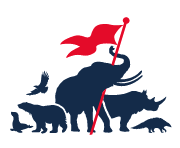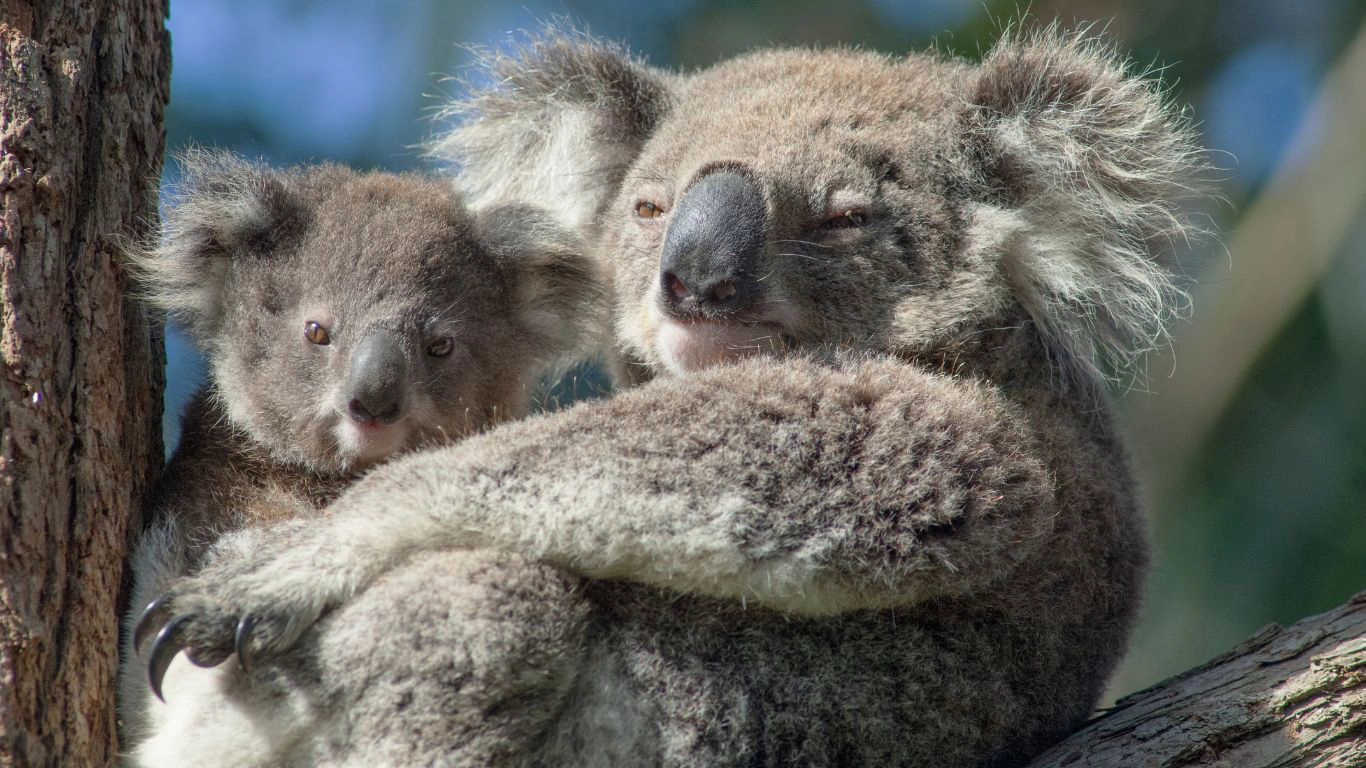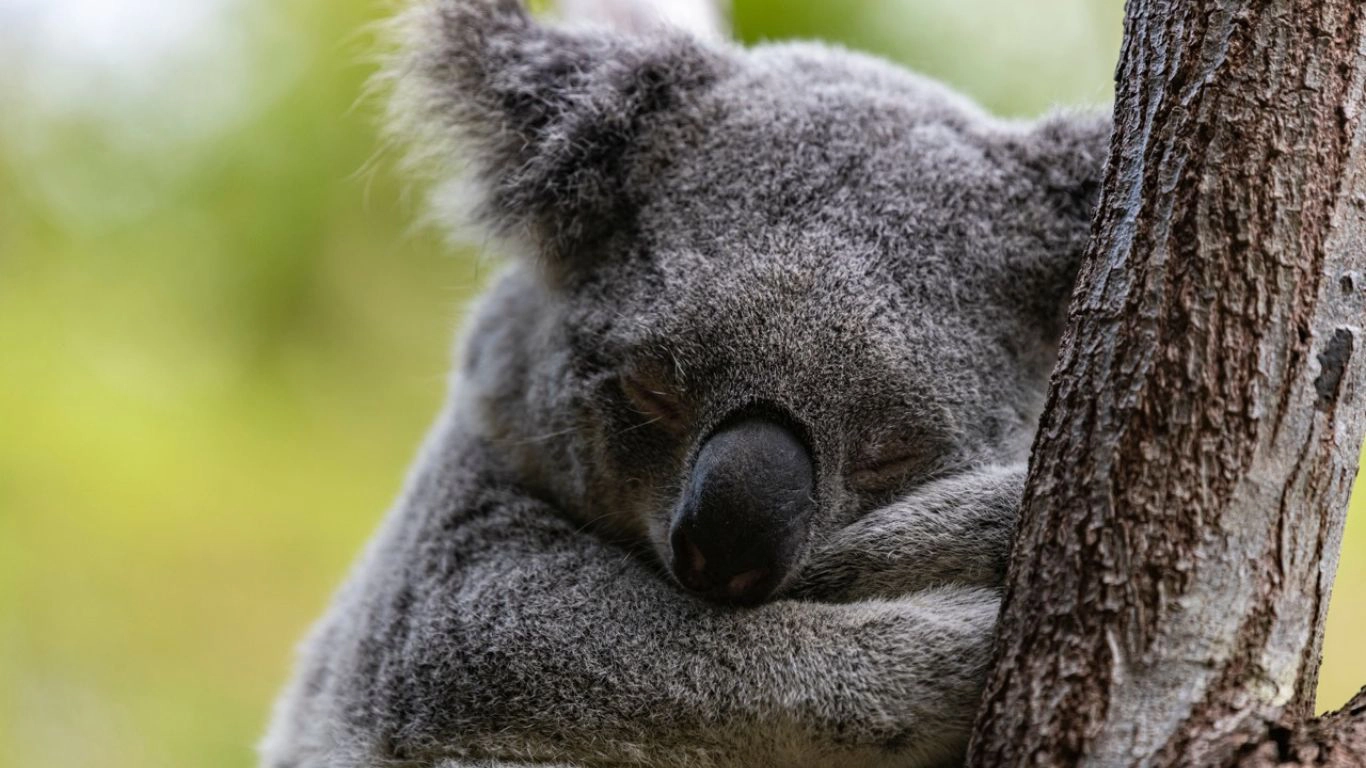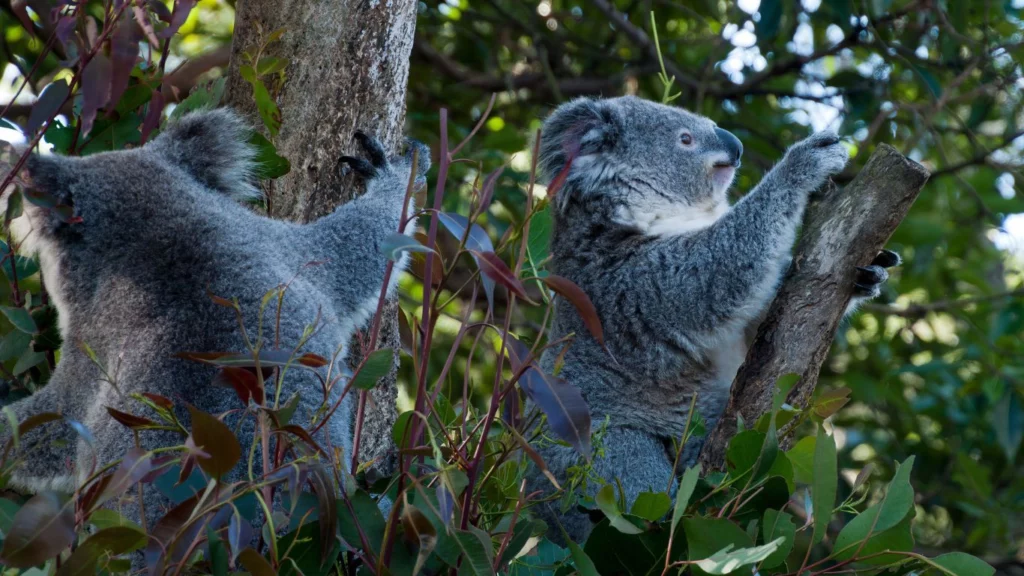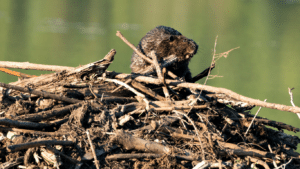Article written by Lisa Cox
Originally published by The Guardian (Sat, May 27, 2023)
Analysis shows area includes 9,000 hectares where there was already active logging as pressure grows on government to end practice
Conservationists say forest areas that include 41,000 hectares of nationally important koala habitat have been identified for potential logging on the north coast of New South Wales in the region’s 12-month logging plan.
The analysis, by the North East Forest Alliance, comes as pressure grows on the NSW government to cease logging of native forests after the Victorian government announced logging in its native forests would end in December, six years earlier than planned.
“Both the NSW and commonwealth governments have got to stop logging in areas they have identified as the most important koala habitat,” Dailan Pugh, the president of the North East Forest Alliance, said.
Pugh analysed a supplementary report to the national koala recovery plan that identified areas of habitat that were considered of national importance. The threat status of koala populations in NSW and Queensland was upgraded to endangered in 2022 in recognition of the species’ continued decline due to land clearing and catastrophic bushfires.
Pugh said 41,000 hectares of nationally important koala habitat was found in compartments identified for potential logging on the north coast, including areas of the proposed Great Koala national park and large areas of forest outside it such as Double Duke state forest.
He said about 9,000 hectares of this were in areas where there was active logging.
“These areas continue to be logged despite being identified as the most important koala habitat we know of,” he said.
The analysis also references a 2017 report by the NSW environment department that identified “koala hubs” – significant areas of koala habitat – in the state and notes state governments had not acted since that time to protect these areas.
The Greens MLC Sue Higginson, who has attended forest protests in northern NSW, called on the “NSW and federal Labor governments to act immediately to protect the 40,000 hectares of nationally important koala habitat”.
She said the Victorian government had set an example to follow.
“Koalas are listed as threatened with extinction at both the state and federal level and without intervention will be extinct in NSW by 2050,” she said.
“The NSW government has all of the tools and information that they need to end native forest logging now, at a very minimum they need to work with their federal colleagues to protect vital koala habitat from profitless logging.”
Guardian Australia revealed this week that the Perrottet government found native logging could be ended in NSW without costing the budget.
The new NSW environment minister Penny Sharpe said Labor had committed to no logging moratoriums before the election and “I stand by that promise”.
“The government wants to create the Great Koala national park as soon as possible. During the election we laid out a process for its creation.”
“As the process is being established, the [Environment Protection Authority] is engaging with Forestry Corporation of NSW to encourage them to take a precautionary approach to conducting forestry operations in areas with highly suitable koala habitat.”
Federal environment minister Tanya Plibersek said regional forest agreements would have to comply with new national environmental standards being developed as part of broader reforms to national environmental laws.
“We are committed to reforming Australia’s environment laws. These laws are broken,” she said, adding native forests were valuable for their carbon storage and habitats.
“Endangered animals like koalas, Leadbeater’s possums and greater gliders are all affected by native logging,” she said.
“We also know there are economic benefits from protecting native forests. It can increase carbon storage and water production, allow for co-management with First Nations and create jobs through feral animal control and forest restoration.”
A spokesperson for the NSW forestry corporation said its operations went through detailed planning processes, including ecological surveys and mapping “to identify and protect environmental features”.
“Each year around one per cent of the areas available for timber production are harvested and regrown, which in a normal year is about 10,000 hectares on the north coast, including native forests and hardwood timber plantations,” they said.
“Operations in native forests are always selective, thousands of habitat and feed trees are protected throughout operations specifically for koalas, and every tree harvested is regrown.”
